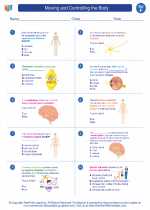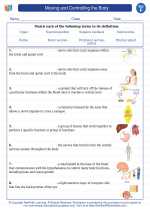Transmission in Science
Transmission in science refers to the movement of energy, signals, or substances from one place to another. In different scientific fields, transmission can have different meanings and applications.
Transmission of Energy
In physics, transmission of energy typically refers to the propagation of waves through a medium. This can include the transmission of light, sound, or mechanical waves. When a wave encounters a boundary between two different mediums, such as air and water, its behavior can change through processes like reflection, refraction, and diffraction.
Transmission of Signals
In the field of telecommunications, transmission refers to the sending and receiving of signals, such as electromagnetic waves carrying information. This can involve various methods, including radio waves, microwaves, and fiber optics, and is fundamental to technologies like radio, television, and the internet.
Transmission of Substances
In biology and medicine, transmission can refer to the movement of infectious agents, such as bacteria or viruses, from one organism to another. This can occur through various means, such as direct contact, airborne transmission, or transmission via vectors like mosquitoes.
Study Guide for Transmission
To better understand the concept of transmission in science, consider the following study guide with key points to review:
- Define transmission and provide examples of transmission in different scientific disciplines.
- Explain the principles of wave transmission and the behaviors of waves when they encounter different mediums.
- Describe the transmission of signals in telecommunications and the technologies involved in sending and receiving signals.
- Discuss the mechanisms of transmission for infectious diseases and the factors that influence the spread of pathogens.
- Compare and contrast different modes of transmission, such as direct contact, airborne transmission, and vector-borne transmission.
- Explore the role of transmission in various natural phenomena, such as the transmission of heat, sound, and light.
By studying these key points and understanding the different aspects of transmission in science, you can develop a comprehensive understanding of this important concept.
.◂Science Worksheets and Study Guides Sixth Grade. Moving and Controlling the Body

 Worksheet/Answer key
Worksheet/Answer key
 Worksheet/Answer key
Worksheet/Answer key
 Vocabulary/Answer key
Vocabulary/Answer key
 Vocabulary/Answer key
Vocabulary/Answer key
 Vocabulary/Answer key
Vocabulary/Answer key
